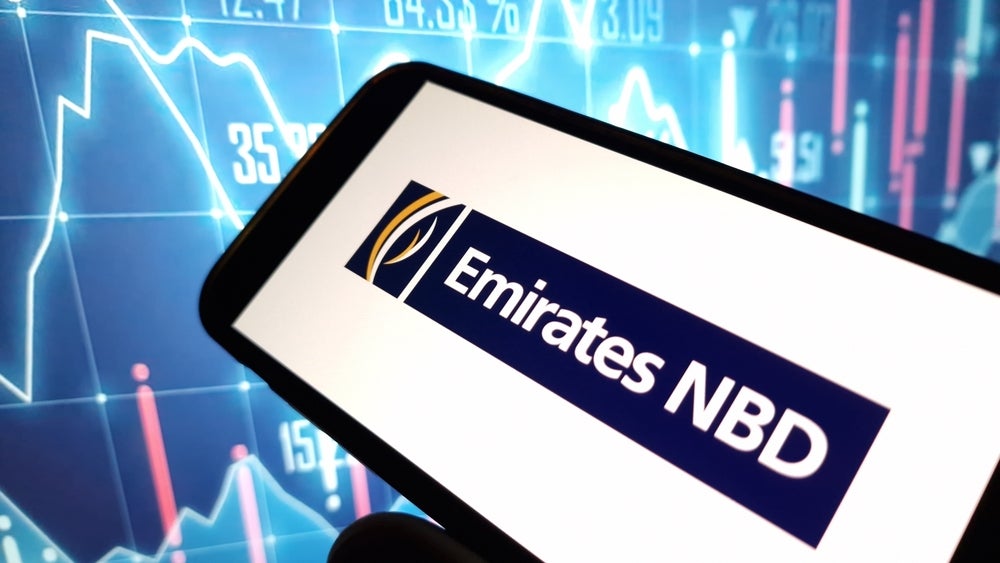The amount of data accessible to the modern banking industry is compelling, yet can be overwhelming. Head of WealthInsight, Oliver Williams, cuts through the confusion around the role of data in private banking, and explains the importance of using it correctly
Private Banks are routinely reminded to use their data in smarter ways, while industry jargon is filled with runes of big or smart data.
As a result, the role of data in private banking is often confused. While back office teams are equipped with the correct data to go about their numeric tasks, it is at the front-end where data presents the biggest opportunities.
It may seem contradictory to an industry focused around individuals and families to talk up the value of numbers and facts, but, as this article seeks to outline, data is crucial when it comes to attracting, retaining and serving new clients. Below is a brief summary of where data is applicable in each of these practices:
Using data to anticipate HNWI needs
It’s no use knowing what the needs of the wealthy are when planning growth. Instead, private banks need to foresee what HNWI needs will look like in five or 10 years, so as to anticipate their requirements and build the services they demand.
Take demographics for example. Through our own analysis and forecasting at WealthInsight, we know that by the year 2020, 45% of UHNWIs will be aged over 60 and by 2065 $41trn will have been transferred from one generation to the next. This makes succession possibly the most important issue for private bankers as first generation wealth is on the precipice of succession.
We also know that 53% of UHNWIs globally (and 44% of UHNWIs in the UK) will be entrepreneurs by 2020. Beyond the inevitable cash-flow problems of entrepreneurial wealth, this data suggests that most UHNWIs are going to be heavily invested in a single industry and will therefore demand expertise from their bank.
This is an area where private banks need to think about their own expertise in relation to their clients. An oenophile wouldn’t commission a greengrocer to fill their cellar, so why should an agribusiness entrepreneur do business with a bank which has never set foot beyond Zone 2?
But perhaps the largest demographic among the world’s wealthy is the surge of female wealth. By 2020 female UHNWIs will make up 13% of the total UHNWI population, creating an opportunity for private banks to position themselves as more female or family focused institutions over the next four years.
Using data to attract UHNWI attention
Knowing the needs of tomorrow’s wealthy is no use if they do not know you. Here, in marketing, data takes on a much more practical role. One key piece of data illustrates this point: Between now and 2020 there will be another 26,000 individuals globally (1,500 in the UK) joining the ranks of the UHNWIs.
These individuals may not even be worth $1m or even $100 today. In fact, statistically, there is a likelihood they could now be striving entrepreneurs struggling to make ends meet. Inheritors may be easier pickings for private banks, but they represent a declining percentage of the world’s wealthy: By 2020, only 18% of UHNWIs will owe their wealth to inheritance, down from 20% today.
This presents a pressing problem for the marketer: how can a private bank ensure that its brand is known by at least some of these 26,000 individuals by the time they come into significant wealth? Brand familiarity is essential in attracting new customers, but it often takes many years to build up awareness.
In marketing, data needs to be employed creatively; private banks must know where their future clients spend their time, how they spend their wealth, and where they are going to be most responsive to marketing. Data is also needed to understand cultural trends and customs in order to tap into their needs and sympathies. A bank boasting its new online investment platform may get noticed in tech-savvy Scandinavia but will probably receive little attention from octogenarian family office owners.
Marketing mediums, whether PR, advertising or thought leadership, can themselves benefit from data. Time-poor entrepreneurs will pay little heed to advertising, even less time will be spent on social media, but they can be extremely receptive to well written articles containing engaging insight or useful data addressing areas of concern. Quality thought leadership and content marketing can make a bank’s brand stand out.
Using data to gain UHNWI trust
Private banking is a business built on trust. Whether attracting customers, retaining clients or facilitating referrals, anything that can enhance trust between a client and their advisor must be fundamental to all bank departments.
Data can help build this trust, but it can also erode it quicker than anything else. Data breaches are becoming more commonplace as organisations expose ever more assets online. Trust in Yahoo is at an all-time low following one of the largest data breaches in history, but it is only the latest in a long list of brands that have been compromised online.
When secured, however, data can help build trust in a myriad of ways. Using data to paint a picture of a client’s wealth can allow their advisor to anticipate their needs and mitigate the unwelcome sales process – WealthInsight has found that incessant sales can erode trust between an UHNWI and their bank. Successful private banks are able to deliver what the client wants without compromising their objectives.
Building trust is not only about retaining clients but also about gaining new business. By knowing a HNWI and their entourage – their advisors, associates and friends – a private banker is able to facilitate referrals in a more exact manor. Rather than blindly requesting referrals, a private banker armed with the correct people data can be much choosier in the introductions they request and the meetings they attend.
The last case for data is that it is readily, if not freely available. While private banks join the list of industries disparaging disruption, they unknowingly sit on piles of data going back years, often centuries, much more than any fintech start-up. But it is only in the application of this data, bringing it out from the back office to the front, where private banks will see results from numbers rather than in them.






